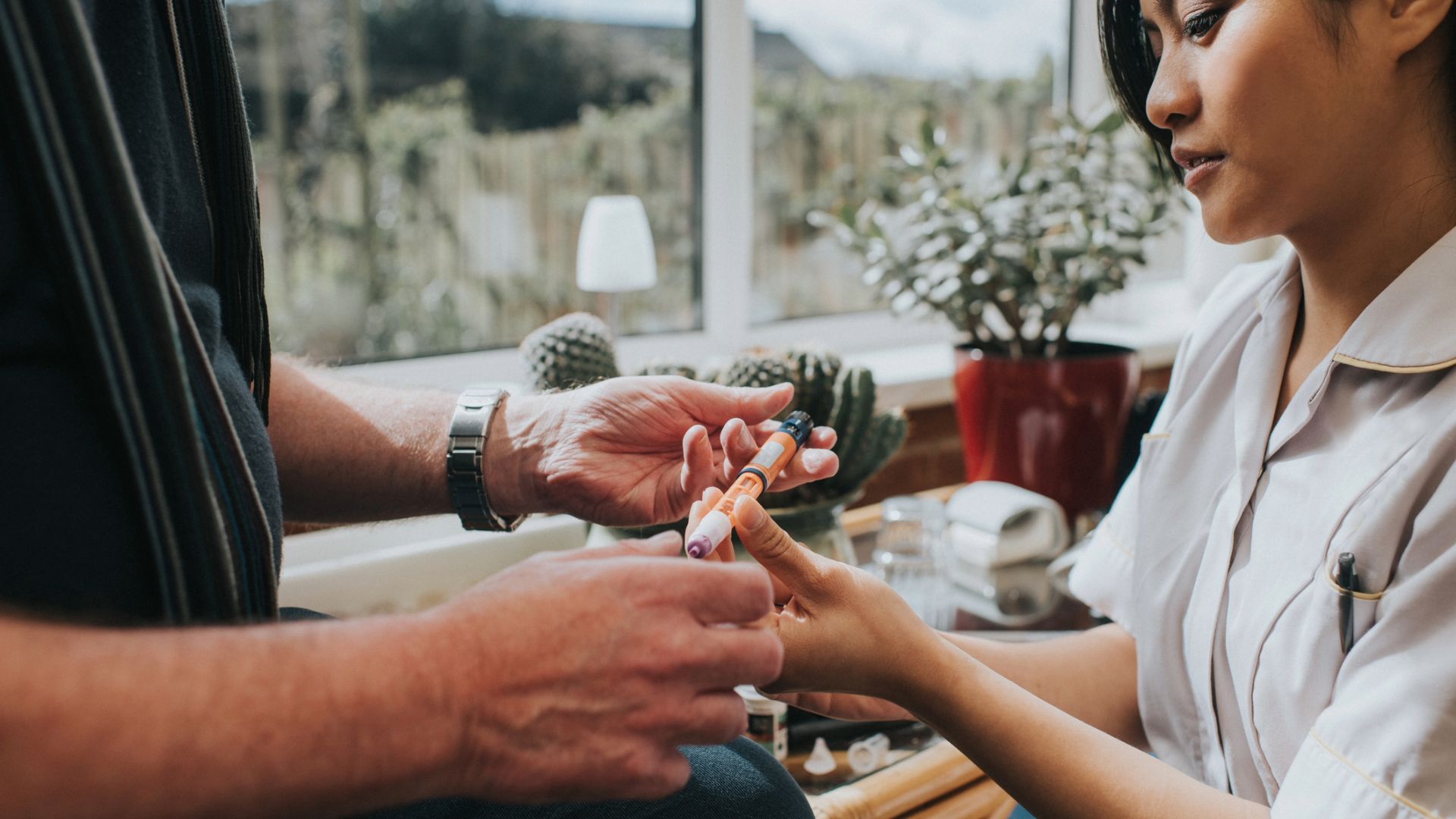Updated on March 27, 2023
Diabetes affects people of all ages and from all walks of life. There are several types, but type 2 diabetes is by far the most common. Of the nearly 37 million people who have diabetes in America, approximately 90 to 95 percent have type 2, and 5 to 10 percent have type 1.
Here's a quick look at the different types of diabetes.
Prediabetes
A person with prediabetes has abnormally high blood sugar levels, but not high enough to warrant a diagnosis of diabetes. If you have prediabetes and do nothing to address the issue, you will very likely progress to type 2 diabetes. The condition also increases your risk for heart disease and other conditions related to chronically high blood sugar.
An estimated 96 million Americans have prediabetes, but many don't know it. Ask your healthcare provider (HCP) if you might be at risk. A prediabetes diagnosis can be scary, but there is some good news. At this stage, you can still reverse the condition and reduce your risk of developing type 2 diabetes.
Type 1 diabetes
A person with type 1 diabetes has an immune system that attacks and destroys the cells in the pancreas that make insulin. With little or no insulin, glucose builds up in the blood because it can't get inside the cells that require it. People with type 1 diabetes need daily insulin injections or doses from an insulin pump to stay alive. They also have a higher risk of autoimmune disorders such as celiac disease.
Type 1 diabetes may also be called juvenile diabetes, because it most often develops in children and young adults, or insulin-dependent diabetes.
Type 2 diabetes
When a person has type 2 diabetes, their body may not be able to use insulin effectively, or it may not make enough insulin. If cells in the body become insulin resistant, the pancreas attempts to compensate by producing more insulin. Over time, the pancreas can become worn out and no longer able to produce enough insulin.
Treatment for type 2 diabetes may include a variety of oral and injectable medications. Careful monitoring, dietary changes, and exercise are also essential components of a type 2 diabetes management plan. As with prediabetes, having type 2 diabetes is linked to a higher risk of several other health conditions, including high blood pressure, heart disease, and stroke.
Gestational diabetes
Sometimes, diabetes develops for the first time during pregnancy. This is called gestational diabetes and occurs in about 2 to 10 percent of pregnant people. Most often it's a temporary condition that goes away after pregnancy. But for some, it can continue even after childbirth. About half of pregnant people with gestational diabetes will develop type 2 diabetes in the future.
Other types of diabetes
Less common types of diabetes are caused by genetic conditions, medications (eg, glucocorticoids), pancreatic disorders (eg, cystic fibrosis and pancreatitis), infections, and other diseases. One condition unrelated to blood sugar or insulin also uses the name diabetes: diabetes insipidus. This rare disease causes people to make too much urine.






